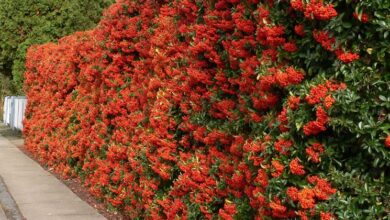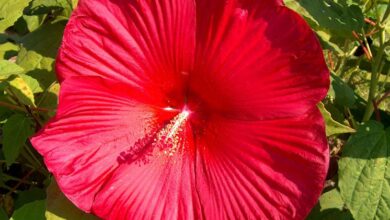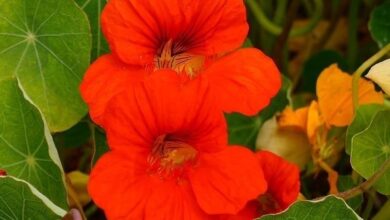Solanum capsicastrum
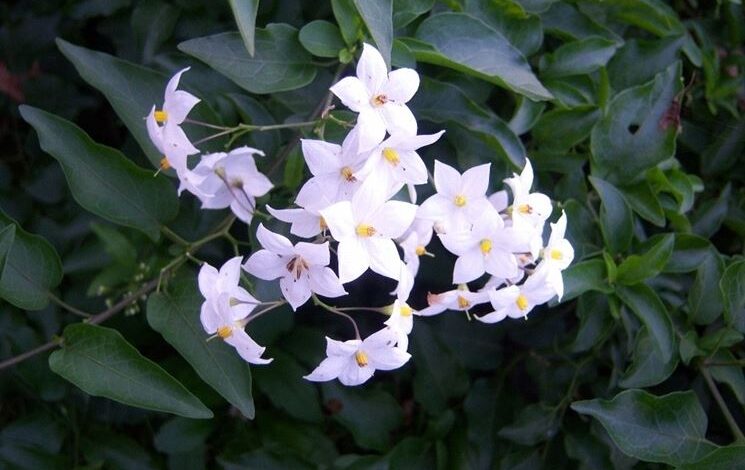
General information on solanum capsicastrum
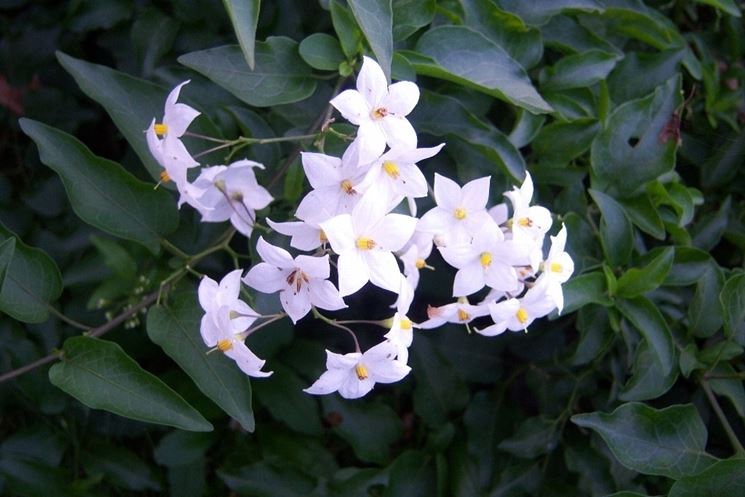
Solanum capsicastrum is a particularly easy plant to grow, able to withstand even very hot climates, suitable even for the most inexperienced of gardeners. During the summer, the optimal cultivation temperature is around 20-22 ° C: in the event that this is exceeded excessively, it is recommended to store outdoors, in partial shade conditions. During the coldest months of the year, however, the temperature must never drop below 4-6 ° C, otherwise the solanum capsicastrum would suffer serious damage to the foliage and stems. In order for it to develop properly, it must be stored in well-ventilated areas, avoiding however that it is reached by cold drafts. To favor the color of the berries, direct exposure to sunlight is recommended.
Soil type and solanum capsicastrum fertilization
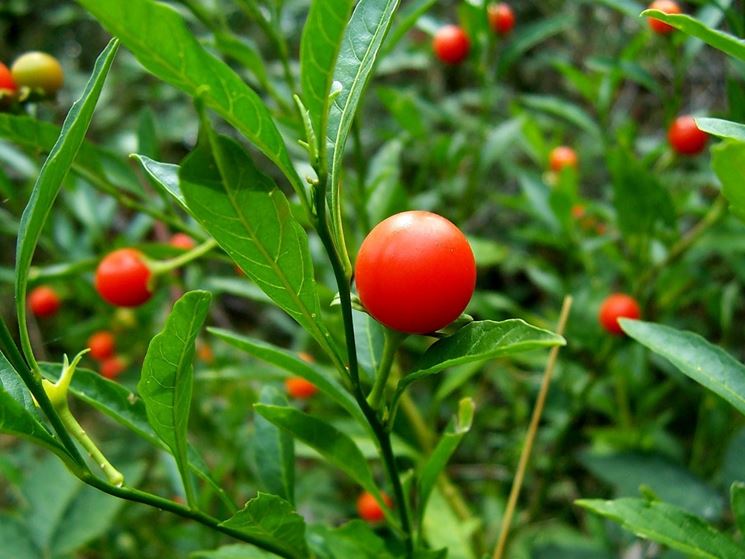
The ease with which it is possible to cultivate the solanum capsicastrum also depends on the fact that it does not need any particular type of soil. In any case, a more than excellent cultivation substrate can be obtained by mixing together peat, coarse sand and normal soil for solanaceae. The main feature of the substrate is represented by its high drainage capacity, which is essential in order to avoid the formation of dangerous water stagnations, which would damage the plant and cause it to rot. Both during the coldest months and during the hottest ones, fertilization must be done every two weeks, taking care to dilute the liquid fertilizer in the watering water. The latter will be particularly rich in nitrogen, phosphorus and potassium.
Solanum capsicastrum: Method of watering and pruning of solanum capsicastrum
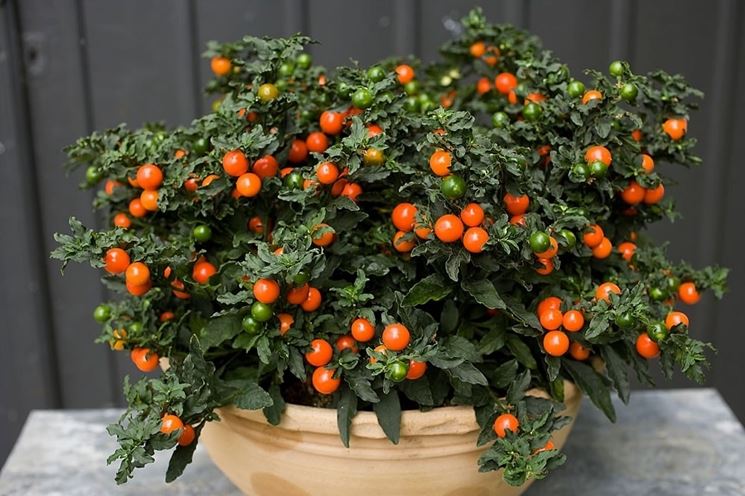
Solanum capsicastrum is a plant that needs abundant watering throughout the period between spring and summer: in this way the soil will always be moist, but it is important not to overdo it, as water stagnation would damage the plant. During the colder months, this abundant irrigation must be maintained until the berries are ripe: from then on, however, the amount of watering will be reduced, so that the soil is not excessively dry. Solanum capsicastrum must be pruned at the end of the first year, reducing the overall height by 1/3. In the event that a bushy habit is desired, the vegetative apexes of the newly formed shoots must be cut, when these have reached a

